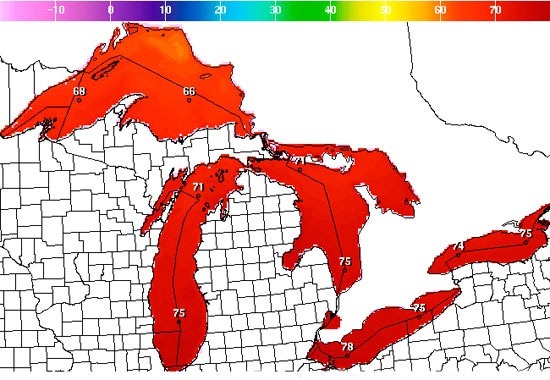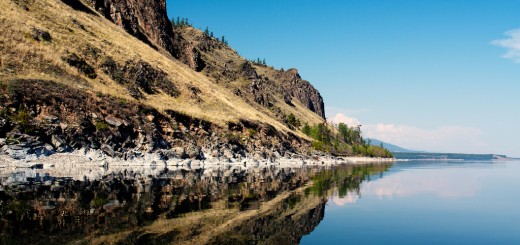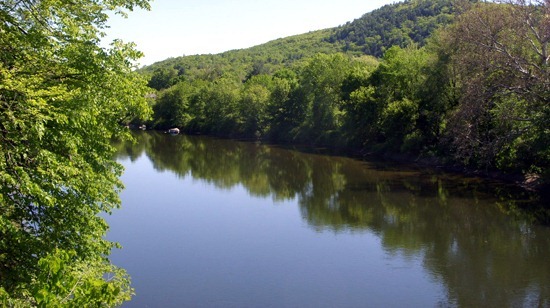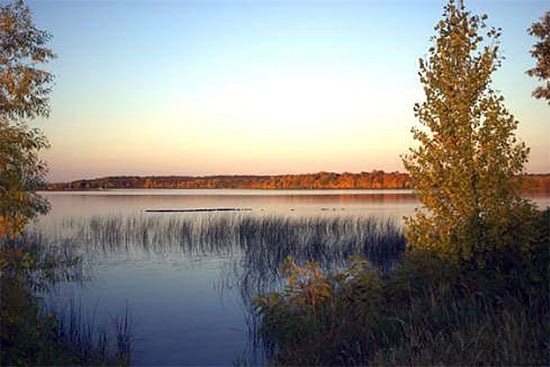Temporary Lakes: Is Antarctic Melt Water Weakening Ice Shelf Density?
0On Antarctica’s Larsen Ice Shelf, researchers from Aberystwyth University will use warm water drills to study the effects that shallow, temporary lakes have on ice there, according to a release from the school. The lakes, which have been spotted on satellite images as large dark spots, have yet to be seen by humans.
Scientists with the university hypothesize that the temporary formation of the meager water bodies each year, typically in January or February, is weakening ice layers below. Their investigation will confirm or dispute that notion and reveal whether or not the lakes’ appearance is a long-time occurrence or a new trend.

Aberystwyth’s Bryan Hubbard was a member of the Belissima project that drilled in Antarctica in 2010. (Credit: Aberystwyth University)
“The data we get from this work should contribute to our understanding of how the climate is changing, when these lakes first appeared and their influence, if any, on the breakup of these ice shelves,” said Bryn Hubbard, professor of geography and earth sciences at Aberystwyth, to Wales Online.
As water in the temporary surface lakes can freeze within one winter, the scientific team at Aberystwyth, who will be assisted by others from Swansea University, wants to know what changes the thaw and re-freeze is having on ice density and temperature below.

NASA’s MODerate Imaging Spectroradiometer (MODIS) captured this image of the Larsen B ice shelf on Feb. 17, 2002. (Credit: NASA Earth Observatory via Creative Commons)
The 150-meter-deep drilling effort will give scientists access to a much more extensive record of those measures, beating current data sets that only reach back to 1980. After retrieving ice cores, temperature sensors will be installed in the ice shelf to monitor changes through November 2015.













